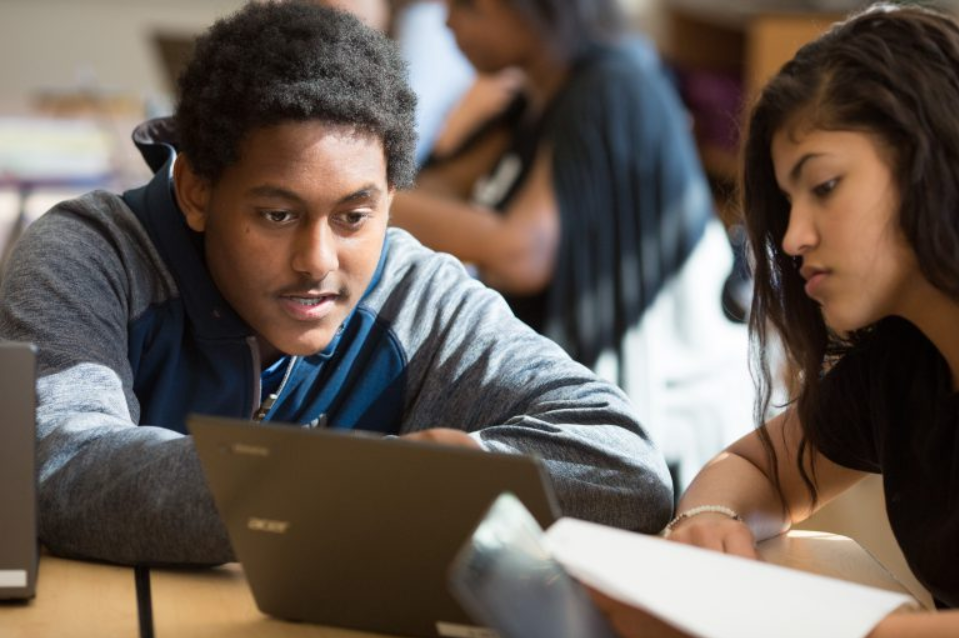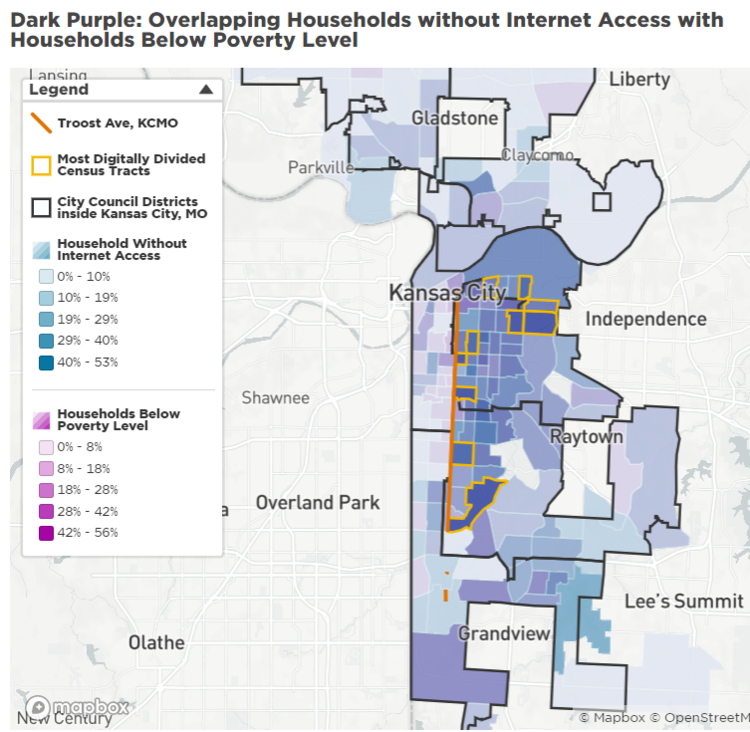KC's 'golden moment' for digital equity: You can help 'get it done.'
Photo courtesy Alliance for Excellent Education
Never before in seven years of attacking Kansas City’s digital divide has Tom Esselman seen such fervor for the cause.
One major funder recently wanted to solve the crippling gap once and for all, he said.
What’s the price tag? Let’s get it done!
So goes the thrilling — yet daunting — challenge spurring what Esselman says is Kansas City’s “golden moment” in the long-drawn struggle to get everyone everywhere effectively connected online.
The Covid pandemic has fully exposed the cruel consequences that fall on families and individuals who lack internet access, or computer devices or the ability to navigate technology.
Esselman, as a steering committee member of the Kansas City Coalition for Digital Inclusion, is part of a movement that has known this for years.
Now the coalition and the City of Kansas City are seizing the moment and marshaling the community’s collective wisdom to fulfill the quest for complete connectivity that was recently codified in a unanimously approved resolution by the City Council.
In effect, they want to herd what is already a widespread stampede to fund and support digital connectivity and give it a strategy for resources, purpose and goals.
The city has extended until Aug. 23 a public opportunity to help identify the kinds of resources and partners the city should court for the project.
The document, found on the city manager’s web page, is a request for qualifications that will be used to recruit the forces — most of them already at work in the community — that together can finally get it done.
The Kansas City Public Library, Connecting for Good, KC Digital Drive, Urban TEC, and the City of Kansas City with some 40 partner organizations including LINC make up the coalition, and more are joining.
The work is not as simple as adding up a price tag. The effort must support a three-legged stool: one leg for affordable internet connections, one for affordable computer devices, one for accessible technology training and support. If any lag fails, the stool falls.
The pandemic opened many eyes in the community, especially in the scramble of schools that suddenly had to go virtual in March. Schools sent tablets and laptops home with students, distributed hot spots to try to fill internet gaps, and exhausted their IT teams giving tech support.
Community organizations and foundations swept in to help meet the need — but still many families were lost in the digital divide.
But the need goes beyond schools, as several coalition members shared during the group’s August meeting.
Data compiled by mySidewalk included findings that one in three households in Kansas City’s 3rd City Council District did not have internet access. See the full report here.
In parts of the city, nearly one-third of the households do not have internet service or access to computers. Any home without access suffers for the lack of opportunity to work from home, access health services, or network in prosperous communities.
Reports this summer by mySidewalk and Lean Lab Education on the breadth of the region’s digital inequity fueled the intensified pursuit for connectivity.
“The homework gap is the cruelest part of the internet,” Assistant City Manager Rick Usher said, “but we have to also focus on the others . . . The ultimate goal is economic mobility and (improved) health outcomes.”
Getting there, Esselman said, will require the enthusiasm of that eager funder, but there is no simple price tag. It’s more than buying and distributing WiFi-juiced computers.
“It’s not a linear problem,” he said as he displayed the strategic plan’s working grid. The demands ran down the vertical column, including schools, health care services, housing, social services and workforce development. The needed supply ran across the horizontal axis — internet access, computers, training, funding sources . . .
“It’s multi-faceted,” he said. “It’s in the intersections of all these points.”
By Joe Robertson/LINC Writer


